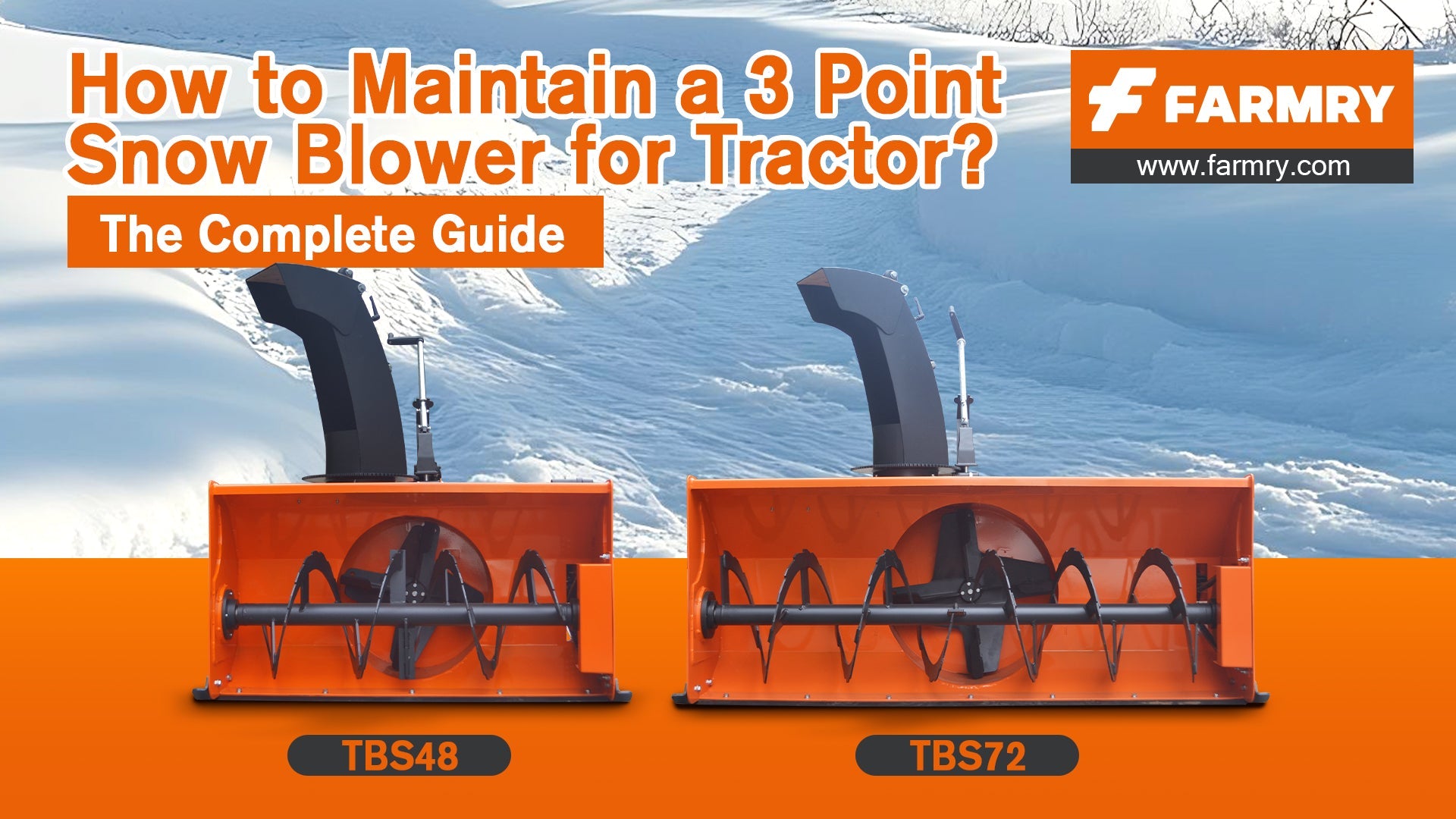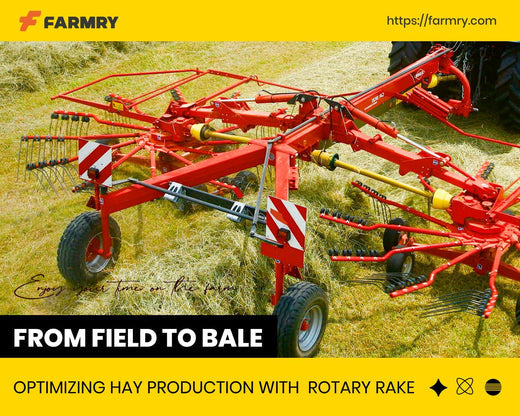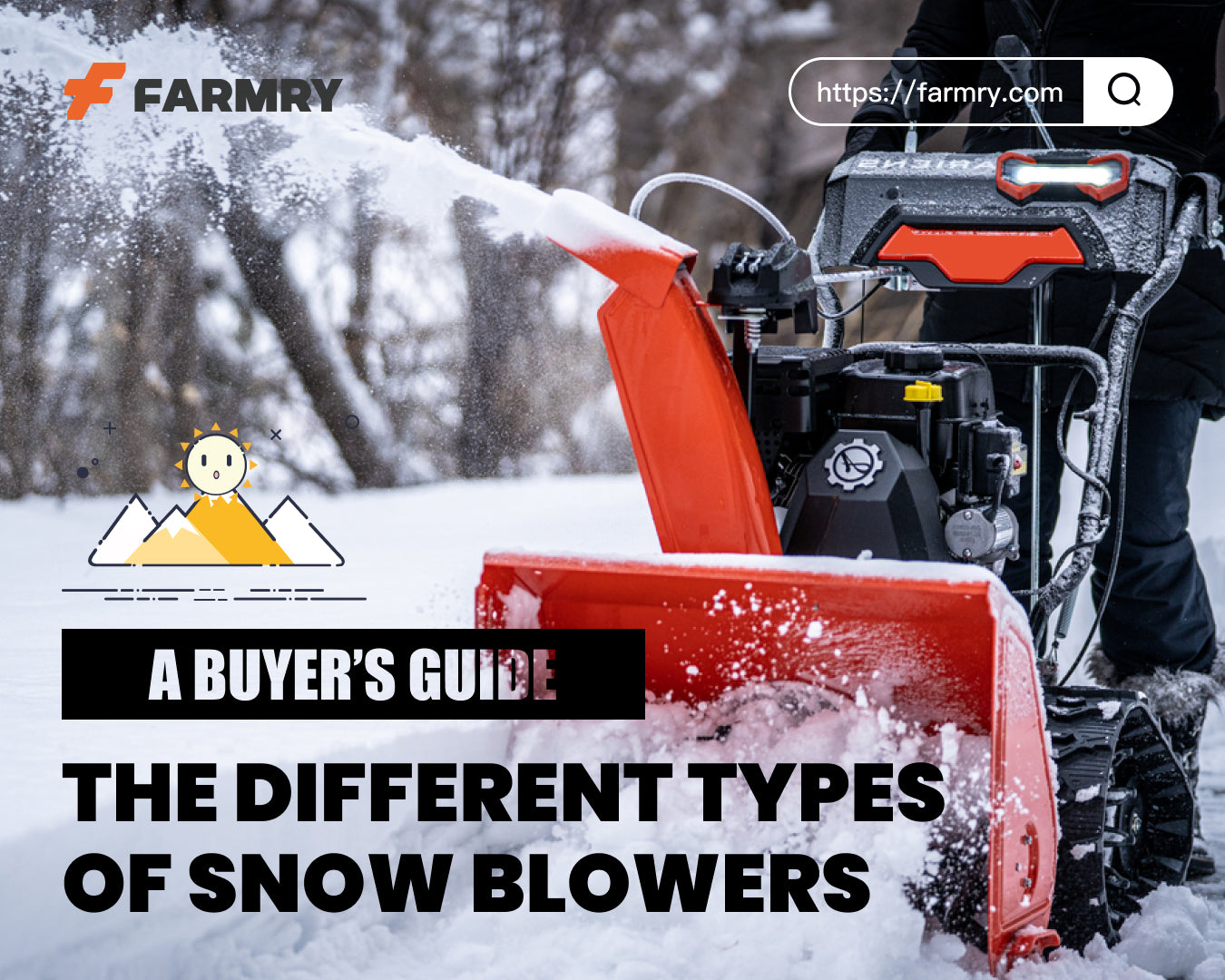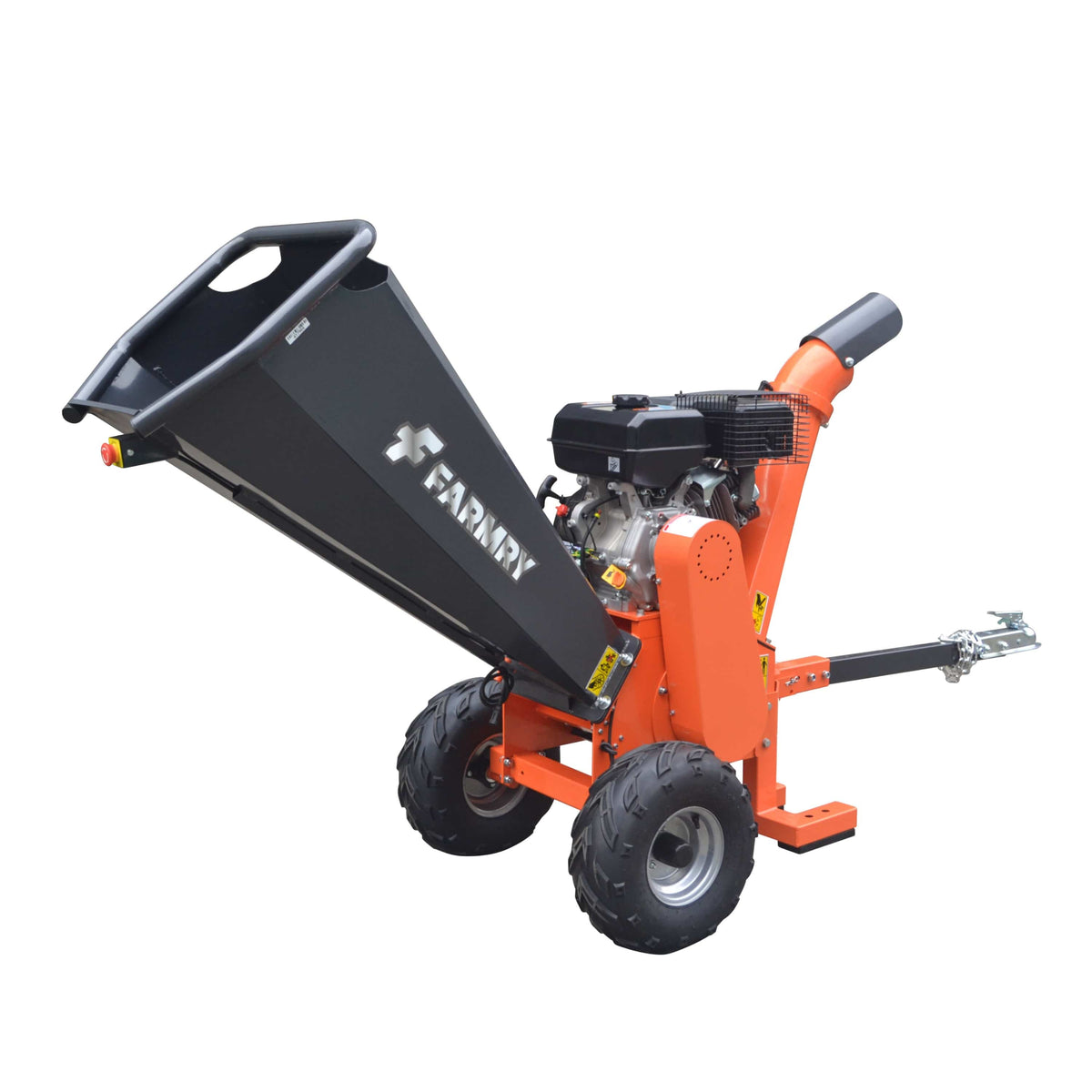Tractor PTO Snow Blower for Heavy Snow Conditions: A Complete Guide
 Tractor PTO Snow Blower for Heavy Snow Conditions: A Complete Guide
Tractor PTO Snow Blower for Heavy Snow Conditions: A Complete Guide
When winter brings heavy snow, property owners, farmers, and contractors alike turn to one of the most effective tools for snow removal—the tractor PTO snow blower. Unlike walk-behind snow blowers or truck plows, these 3 point hitch-mounted units are built to clear long driveways, parking lots, and even streets under the toughest conditions. If you’ve ever struggled with compact tractors, icy drifts, or frozen piles at the end of your lane, a snowblower powered by your tractor’s PTO might be the right solution.
This guide breaks down the features, options, and real-world pain points buyers face when choosing the right unit—from skid shoes and cutting edges to visibility, chute control, and overall performance. Think of this as your go-to review page for understanding the category of tractor snow blowers.
Why Choose a Tractor PTO Snow Blower?
The tractor PTO snow blower is unique compared to push models or pickup-mounted plows. Instead of simply pushing snow to the side, it uses a two-stage system: an auger feeds the blower impeller, which hurls snow through a chute far away from the cleared surface. That means no giant piles along your street edge and no risk of blocking visibility at intersections.
Key reasons operators prefer this setup:
-
Powerful performance: A PTO-powered snowblower uses all of your tractor’s horsepower, making it ideal for heavy snow and compacted ice.
-
Long life: A well-equipped blower is built with replaceable wear parts, rugged gearboxes, and reinforced auger flighting.
-
Action in the toughest conditions: From rural lanes to commercial parking lots, PTO blowers thrive where smaller machines leave you stuck.
-
Cleaner finish: With proper skid shoes and cutting edges, you don’t leave behind icy ridges or gravel damage.
Matching Tractor and Blower: The First Thing to Check
The first thing buyers must confirm is whether their tractor is compatible with the chosen unit. Unlike universal walk-behind models, PTO blowers depend on 3 point hitch geometry, PTO speed (540 vs. 1000 RPM), and tractor horsepower.
Standard compatibility checks:
-
3 point hitch category (Cat-1 vs. Cat-2)
-
PTO horsepower range (e.g., 20–30 HP for subcompact blowers, 50+ HP for municipal units)
-
PTO driveline length and safety shielding
-
Rear vs. front-mount PTO availability
Failing to match these specs could mean poor performance or even equipment damage.
Must-Have Features for Heavy Snow Conditions
When snow and ice build up, your blower needs to be more than just standard equipment. Here are the top features to look for when shopping:
-
Chute Control Options
The chute is where the snow exits, and precision matters. Hydraulic or electric rotators allow the operator to direct snow away from cars, sidewalks, or pedestrians.-
Manual cranks are cheaper but less convenient.
-
Hydraulic rotation is fast but requires extra tractor remotes.
-
Electric is a middle ground—easy but slower in extreme cold.
-
-
Cutting Edge & Skid Shoes
The edge does the scraping, while skid shoes keep the blower from gouging gravel.-
Steel edges handle ice best but wear faster.
-
Poly edges protect finished parking lots and paved streets.
-
Adjustable skid shoes let you fine-tune clearance.
-
-
Intake Height & Auger Design
Deep drifts demand tall housings and heavy-duty augers. Look for serrated designs that can bite into crusted snow without clogging. -
Visibility Enhancements
Clearing at dawn, dusk, or in blizzards is challenging. LED work lights, reflective markings, and clear cab sightlines reduce risk and make life easier for the operator. -
Safety & Life-Extending Features
PTO slip clutches or shear bolts protect your tractor and blower drivetrain. Grease points and easy-access panels extend life and simplify service.
Persona-Based Pain Points: Who’s Buying and Why
Different users approach a tractor snow blower with unique challenges. Based on market review findings, here are some real-world examples:
-
Rural Homeowner
-
Concern: Gravel driveway tearing up cutting edge.
-
Needs: Adjustable skid shoes, lighter unit for small tractors.
-
-
Commercial Contractor
-
Concern: Clearing multiple parking lots overnight.
-
Needs: Wide intake, hydraulic chute, durable wear parts.
-
-
Municipal Supervisor
-
Concern: Meeting safety standards for public street use.
-
Needs: DOT lighting, long warranties, category flexibility (Cat-1/Cat-2).
-
-
Livestock Farmer
-
Concern: Frozen bedding and ice causing clogs.
-
Needs: Serrated auger, easy access shear bolts.
-
Each operator balances features, budget, and tractor compatibility differently. The challenge is finding a unit that doesn’t just look good on a review page but actually performs in action.
Real-World Applications
Let’s break down where these blowers excel:
-
Parking Lots: Clean finish with minimal piles; prevents visibility hazards.
-
Streets: Safe discharge control keeps snow out of intersections.
-
Farm Lanes: Serrated augers and high intake handle drifted fields.
-
Residential Drives: Adjustable skid shoes prevent damage to gravel or asphalt.
Unlike plows, which just push snow to the side, PTO blowers cut through deep drifts and throw them clear—ensuring the path stays usable after storms.
Buying Considerations: Things Not to Leave Out
When choosing a tractor PTO snowblower, don’t just think about horsepower and price. Consider the options that affect operator comfort, machine life, and long-term performance:
-
Chute Rotation Speed: Slow electric vs. quick hydraulic.
-
Transport Lighting: Essential for night work on streets.
-
Cutting Edge Material: Steel vs. poly depending on surface.
-
Skid Shoes: Replaceable vs. fixed.
-
Service Access: Can you grease fittings with gloves on?
-
Category Fit: Cat-1 compact vs. Cat-2 large-frame tractors.
Reviews, Pages, and Actionable Comparisons
Before you purchase, always check:
-
Manufacturer review pages for warranty and parts details.
-
Video demos showing blowers in action under heavy snow.
-
Category comparisons highlighting standard vs. premium options.
One of the smartest things a buyer can do is talk to other operators—whether contractors, farmers, or homeowners. Their stories often reveal what brochures won’t: how well a blower really handles ice, deep drifts, and the grind of daily use.
Final Thoughts
A tractor PTO snow blower is not just another snow removal tool—it’s a serious unit designed for the toughest conditions. Whether you’re managing parking lots, clearing rural streets, or keeping a farm lane open, the right blower delivers unmatched performance, longer life, and greater safety for the operator.
The bottom line? Don’t just look at horsepower and price. Think about features like skid shoes, cutting edges, chute controls, and overall options. Choosing the right 3 point hitch blower means fewer headaches, a cleaner cut, and a safer winter for everyone.







